Exploring the Advantages of Cold-Formed Steel Framing in Fire Safety
In the construction industry, the search for materials that combine strength, durability, and safety is ongoing. Cold-formed steel framing has emerged as a significant player in this arena, celebrated for its resilience in various conditions, including fires. While steel has long been acknowledged for its structural integrity, cold-formed steel framing offers distinct advantages, particularly when exposed to fire.
Understanding Cold-Formed Steel Framing
Cold-formed steel (CFS) is produced by shaping steel sheets at room temperature, resulting in high-strength members with precise dimensions. This manufacturing process has made CFS a popular choice for framing in residential, commercial, and industrial projects. With CFS, strength and durability are combined with performance superior to that of wood framing.
The Fire-Resistant Advantage
According to buildsteel.org, Cold-formed steel framing demonstrates exceptional performance during fire incidents, owing to several key factors:
- High Melting Point:
Steel possesses a higher melting point compared to materials like wood or aluminum. This characteristic enables cold-formed steel framing to withstand intense heat without compromising its structural integrity.
- Predictable Behavior:
CFS exhibits consistent behavior when subjected to fire, allowing engineers to accurately model its response to elevated temperatures. This predictability facilitates the development of effective fire protection strategies, ensuring both occupant safety and structural stability.
- Minimal Thermal Expansion:
Unlike certain materials that expand significantly when exposed to heat, steel experiences minimal thermal expansion. This property helps prevent distortion or warping of framing members, preserving the stability of the structure under extreme heat conditions.
- Non-combustible Nature:
Cold-formed steel framing is non-combustible, meaning it does not add fuel to a fire. This reduces the risk of fire propagation within the building, providing crucial time for evacuation and firefighting efforts.
Beyond Fire Resistance
While the fire-resistant properties of cold-formed steel framing are significant, its benefits extend beyond fire safety:
- Strength and Durability:
CFS exhibits remarkable strength-to-weight ratios, making it suitable for structures requiring high load-bearing capacity. Its durability ensures longevity, reducing maintenance requirements and enhancing the lifespan of the building.
- Sustainability:
Steel is highly recyclable, and a significant portion of cold-formed steel framing comprises recycled material. Its longevity also contributes to sustainability by minimizing the environmental impact associated with frequent replacements or renovations.
- Design Flexibility:
The versatility of cold-formed steel allows architects and designers to realize diverse and intricate designs. Its ability to span long distances without intermediate supports opens opportunities for creative expression while maintaining structural integrity.
Cold-formed steel framing stands out as a viable choice for consumers and contractors seeking strength, durability, and fire safety. Its high melting point, predictable behavior, minimal thermal expansion, and non-combustible nature make it a compelling option. Moreover, its strength, sustainability, and design flexibility make it a versatile solution for a wide range of applications. As the construction industry continues to evolve, cold-formed steel framing is in the forefront of modern building practices, offering durability, sustainability and safety.
Want to learn more about cold formed steel framing? Contact us today!
- By: marketing
- Tags: coldformedsteelframing, fastframe, FastFrame Buildings, JD Metals, Steel Frame buildings, Steel framing
- 0 comment


